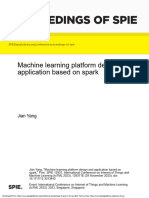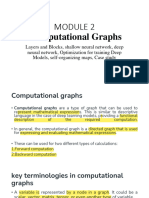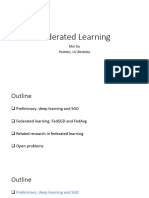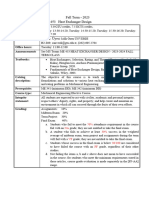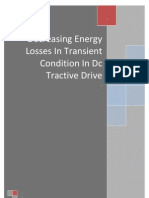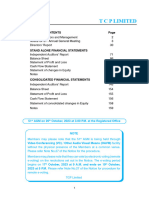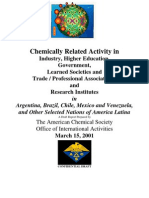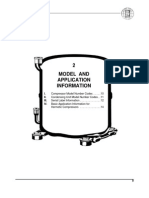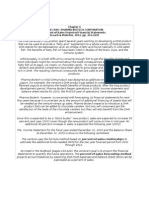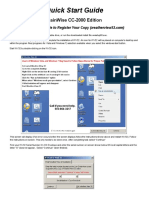0% found this document useful (0 votes)
14 views23 pagesDistributed Machine Learning
this is my class presentation on distributed machine learning
Uploaded by
زهرا کشاورزCopyright
© © All Rights Reserved
We take content rights seriously. If you suspect this is your content, claim it here.
Available Formats
Download as PDF, TXT or read online on Scribd
0% found this document useful (0 votes)
14 views23 pagesDistributed Machine Learning
this is my class presentation on distributed machine learning
Uploaded by
زهرا کشاورزCopyright
© © All Rights Reserved
We take content rights seriously. If you suspect this is your content, claim it here.
Available Formats
Download as PDF, TXT or read online on Scribd
/ 23












